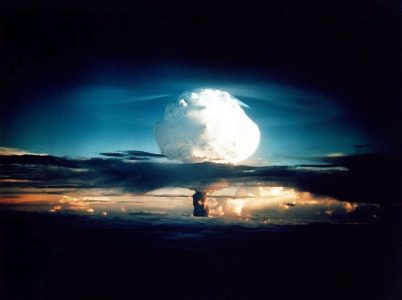14 Fascinating Facts You Never Knew About the Pentagon
Construction During Crisis
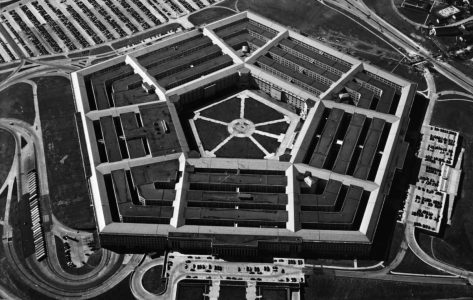
Construction of the Pentagon began on September 11, 1941, exactly 60 years before the tragic 9/11 attacks. The project was a race against time as the U.S. prepared for its involvement in World War II. Amazingly, it was completed in just 16 months, well ahead of schedule.
Built with Wartime Constraints
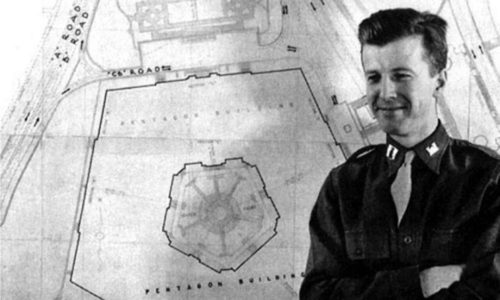
Due to a wartime steel shortage, the Pentagon was constructed primarily from reinforced concrete. Much of the gravel and sand used came from the nearby Potomac River. This material choice not only preserved steel but also contributed to the building’s low-profile design.
The First Desegregated Building in Virginia

When the Pentagon was built, Virginia was still under segregation laws. However, President Roosevelt’s Executive Order 8802 prohibited racial discrimination in federal employment, making the Pentagon the only integrated building in the state at the time.
Home to a Secret Crash Pad

During construction, Army Major Robert Furman had a secret apartment built within the Pentagon walls. Used as a place to rest during long shifts, the hidden space was later discovered and closed. Furman’s dedication to the project highlights the tireless efforts of those involved.
A Hot Dog Stand at the Center of a Cold War Myth

At the heart of the Pentagon lies a five-acre courtyard, once home to a simple hot dog stand. During the Cold War, Soviet intelligence reportedly believed this stand was a highly fortified war room and kept missiles aimed at it, fearing it was a critical command center.
The Pentagon’s Dual Role in U.S. History

The Pentagon has a somber connection to two pivotal dates: the September 11 attacks and its groundbreaking 60 years earlier. On 9/11, American Airlines Flight 77 struck the building, killing 184 people. Renovations at the time, including reinforced concrete and blast-resistant windows, likely saved many lives.
The Pentagon Has Its Own Zip Code

Despite being a single building, the Pentagon operates more like a small city. With over 6.6 million square feet of office space and 26,000 employees, it requires a unique level of infrastructure to function smoothly. This includes its own dedicated zip code: 20301.
A Food Haven for Employees

With over 26,000 employees, the Pentagon offers five food courts featuring popular chains like McDonald’s and Starbucks. This ensures staff remain well-fed while navigating the building’s vast corridors.
Speedy Scooter Commutes

To help employees traverse its immense corridors, the Pentagon provides motorized scooters capable of speeds up to 3 mph. These scooters are a practical necessity in such a sprawling complex.
Manhattan Project Ties
Colonel Leslie Groves, who oversaw the Pentagon’s construction, later led the Manhattan Project, which developed the atomic bomb. Balancing two of the most significant wartime projects demonstrates Groves’ exceptional leadership.
The Phoenix Project
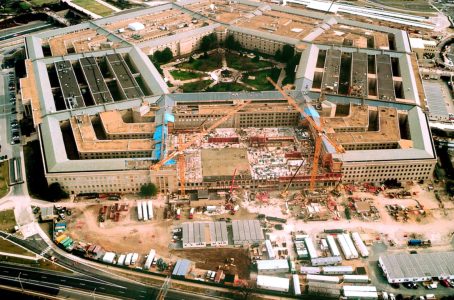
After the 9/11 attacks, the Pentagon underwent extensive repairs under the “Phoenix Project.” This reconstruction was completed in 2003 at a cost of $5 billion, five times the building’s original budget. The name symbolizes resilience and renewal.
A Lasting Memorial
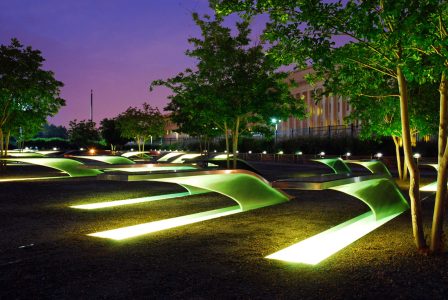
The Pentagon’s 9/11 Memorial honors the 184 victims of the attacks. It features illuminated benches arranged by age, serving as a poignant reminder of the lives lost and the building’s enduring legacy.
Conclusion

The Pentagon is much more than a military headquarters. Its unique design, storied history, and role in key historical events make it a symbol of American resilience and innovation. Whether it’s its surprising origin or its Cold War myths, the Pentagon continues to intrigue and inspire.
